Software solutions usher businesses into an era of total possibilities. With valuable insights, small or large businesses can scale all forms of business uncertainties. However, using business software has become even more crucial now than ever since the COVID-19 pandemic. The global business landscape seeks lasting solutions to the real-world problems presented by the pandemic. It may take a long time, but companies have to be innovators fielding agile business processes and results. So, where does it all begin? Here are some tips for choosing the best software for your company’s needs.
Identify your business needs.

In 2020, Apple’s App Store had a total of 2.2 million different applications, and over 3,000 new applications are created for Google’s Play Store every day. Choosing software for your business operations doesn’t need to be another statistic. The first step can be to start with “why” instead of “what.” If you want machine learning software, it needs to be connected to your business’s machine learning strategy, which may have been premised on a pressing business issue. The specificity of what software you need to build will present itself after crossing the hurdle of identifying your business’s needs. The clearer you become about the problems your business is facing, the better your chances will be of choosing the right software for your business operations.
Map out a solution.
Business issues cut across all functions, but there’s often an overarching issue from which they arise. Take tour companies, for instance. Some common problems include a reduction in direct sales and the inability to record and leverage tourists’ personal information. At face value, these problems each demand a different solution, but that may be a duplication of efforts and waste of resources.
All these problems may be linked, and it’ll take a consistent analysis and comparison to generate a lasting solution. In this specific tour operator’s case, the solution to all the problems is to have a universal reservation management system to collate bookings from social media platforms and other sources. And on that basis, trip planning or tour booking software can only be right. The bottom line is to select the direction for your software based on real operational needs, not just the urge to create software. And in doing that, you don’t limit yourself to one side of the issue. If you keep defining the problem, the solution will present itself.
Make a note of the required specs.
With the problem in mind and the connected solution crossed off the checklist, now can be the right time to consider software features. This way, you can base the software feature selection phase on active intelligence about what your business didn’t have and what it needs going forward. At this stage, you can focus on the user interface, mobile app design, computer and mobile integration, and more.
Communicate features to business stakeholders.

Many businesses leave the entire scope of building their software to the experts. If your business doesn’t have the experts, outsourcing might be the next best option. But this often means businesses may only see the final work on the presentation day. There may still be time for tweaks because it’s an iterative process, but unstructured tweaks can slow down the build process and increase your expenditure. Efficient communication among collaborators can be a better option than working in silos.
All staff may not be on the same level on the decision tree, so it helps to plan ahead by identifying who needs to hear what when concerning frequent evaluation and feedback. Beyond budget-cutting reasons, efficient communication can also make software implementation easier, which is often the hardest part after choosing your software.











